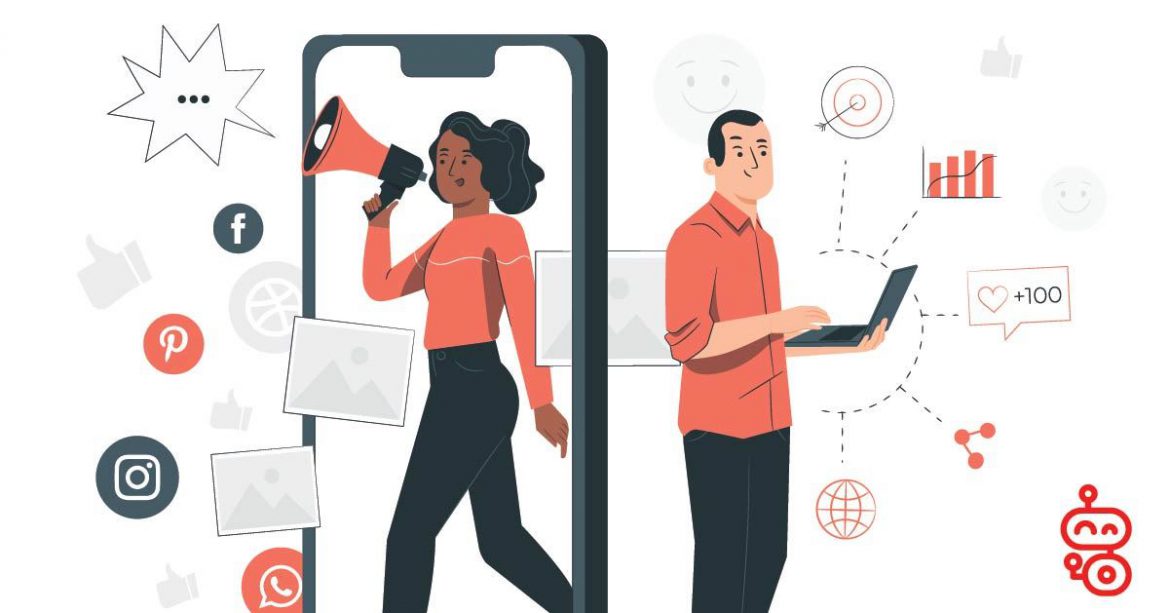5 Reasons You Need A New Digital Marketing Strategy
Source: Marketing Eye Australia>Marketing Eye Australia Whether you are a start-up that didn’t get off the ground due to COVID, a small business, or a large corporation, you are faced with uncertain times and a very volatile marketplace which means that your online performance and in ...
Why You Need The Help Of Marketing Strategy Technology
Because technology is the answer to coping with the future. Following the current trajectory of the world’s events, I think it’s safe to say that technology is at the forefront of managing the ‘new normal’. Today, there is mounting pressure on businesses to adapt quickly in order to stay ...
How To Generate Leads Digitally During The Coronavirus Outbreak
As a brand in the B2B space, the COVID-19 or Coronavirus pandemic has changed how business is done. For most B2B companies, attending events is a major way through which quality leads are generated and eventually converted – allocating a significant portion (21%) of their marketing budget to ...
The Importance of Marketing for the Healthcare industry in the time of COVID-19
In a crisis situation such as the COVID-19 outbreak, effective communication strategies are crucial. Given the rapid spread of the virus, timely and consistent information must be distributed internally for staff and externally for patients and the general public. For staff, regular ...
The Impacts Of The Global Market Drop On Your Marketing Department
Over the past few weeks, the global stock market has taken a massive hit with share prices plummeting. And things aren’t looking like they’re going to bounce back anytime soon. This decline is primarily a consequence of the increasing prevalence of the Coronavirus disease (COVID-19), which is ...










